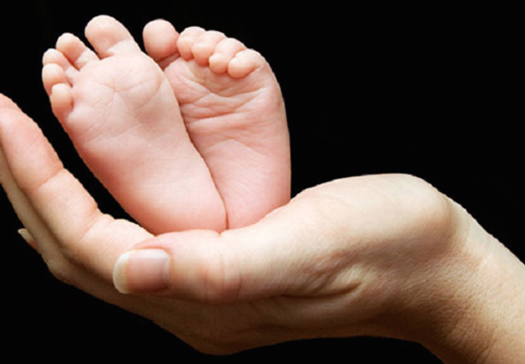Egg donation: What do I need to know?
Monday, 29th May 2017

There are many reasons why motherhood can be delayed or difficult for some women.
Not every case is the same, but if you feel that now is your time and you need some assistance, then egg donation could be the way forward, or indeed if you are thinking of becoming one of the many generous and giving egg donors, this could be a useful overview for you to make your decision.
Firstly, what is egg donation?
This is an assisted reproduction treatment, eggs from a donor are fertilised in a laboratory, the eggs are then fertilised in a laboratory with sperm from a donor or indeed the partner.
The embryo that develops is the transferred through In Vitro Fertilisation afterwards.
Is it successful?
Egg donation is the treatment with the highest success rate. Eggs are used from women, aged between 18-35, with strong medical history and family history is also taken into consideration.
Barcelona IVF conducts a genetic test on their egg donors to rule out any hereditary disease. There is a rigorous testing and selection process.
Eggs are also obtained from women that have no sterility problems and therefore this can only increase the chance of success.
There is usually a high success rate of pregnancy within the first three cycles. Are there risks from donation?
There is a risk of multiple pregnancy if more than one embryo is transferred. There are really good success rates with this type of procedure and many opt to transfer only one embryo to reduce the chance of twin pregnancy.
Any remaining fertilised embryos are frozen.
What risks does the procedure carry for the donor and the recipient?
For the donor like any medical procedure there are risks, there are lower risks and more increased risks, donating eggs requires a procedure under anaesthesia.
There are also associated side effects with the fertility drugs required to be taken. The side effects can cause mood swings, headaches, abdominal bloating, weight gain, nausea, and stinging pain at the injection site.
The risks for both parties are similar. Preparing my endometrium? The treatment starts with estrogens to have hormonal replacement treatment in readiness to accept the embryos. Once the eggs are retrieved from the donor progesterone is added to ensure that the endometrium is receptive to the embryos on the day.
The transfer procedure This is a little less invasive than the donation procedures. There is no aesthesia required, the embryo is transferred via a catheter inserted via the cervix placing the embryos in the uterus. There is little to be done to ensure the efficacy of transfer, but minimizing stress, staying healthy and completing the fertility drug treatments procedure is important. If I want to donate eggs will I be identified?
Egg donation is an anonymous procedure in Spain and both the identity of the donor, the recipient and the children are keep confidential.
The characteristics of the donor are shared, such as age, blood group as well as hair colouring and personality to give an indication of why the donor is a suitable match.